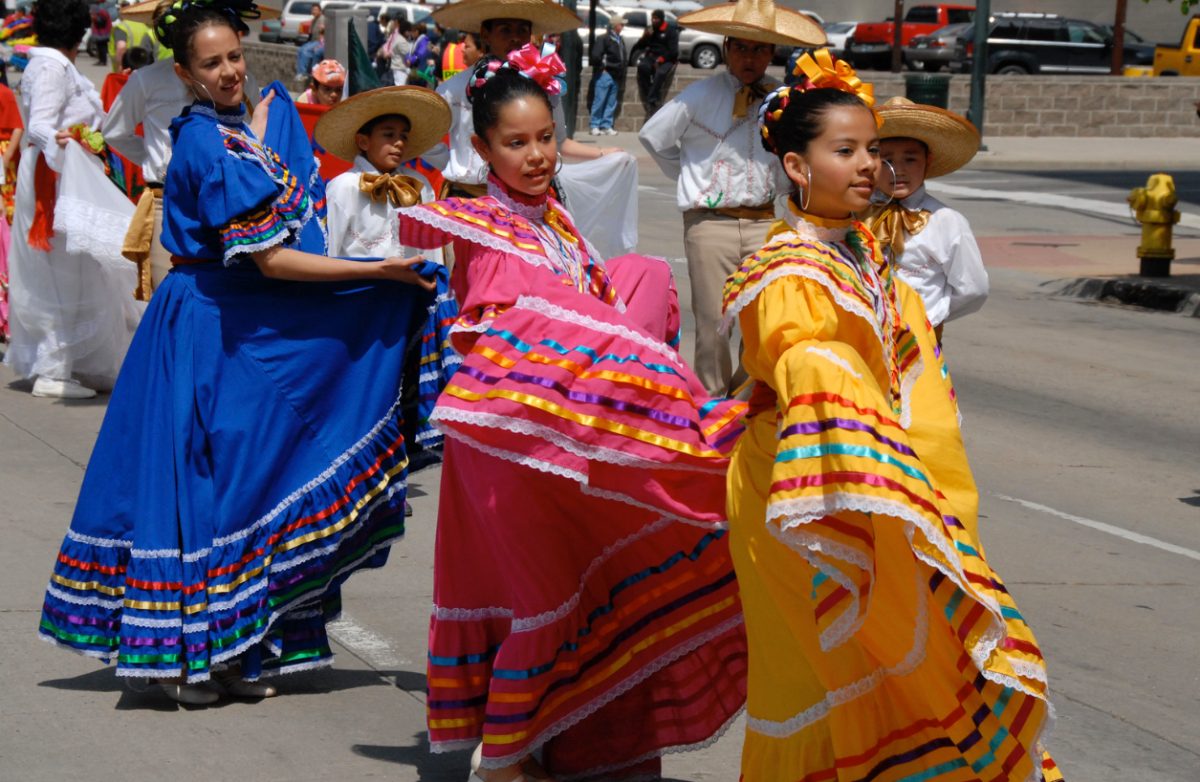July 16 marks the birthday of a legend in not only Broadway and Hollywood, but in the performing arts as a whole: Ginger Rogers. Although she may have passed, her skills and personality both on and off the stage will be remembered.
Born in 1911 in Independence, Missouri, Rogers, who was then named Virginia Katherine McMath, was the daughter of Lela E. Rogers and William Eddins McMath. She got the nickname “Ginger” from her cousin’s failed attempts to pronounce Virginia.
Rogers first started performing when she did local shows in Texas while she was still a child. Her mother pushed her into doing shows and contests, and at 15 years old, she won a Charleston contest. As a result of winning, she was able to perform in Eddie Foy’s vaudeville troupe.
She made her Broadway debut in 1929 in Top Speed, a musical comedy. Her performance was successful, causing her to be known for her youthful and humorous performances. At 19 years old, Rogers continued to perform in the 1930 Broadway hit Girl Crazy, and introduced George Gershwin’s “Embraceable You” and “But Not for Me”. Her movie debut was Young Man of Manhattan in 1930.
Rogers was also known for being Fred Astaire’s partner in many films. Their first one was Flying Down to Rio (1933), which propelled Rogers to fame. They were very good at dancing together as they were both filled with energy, and seemed effortless due to their impeccable ability to sync. Their most famous musical films are Top Hat (1935) and Swing Time (1936).
Rogers and Astaire continued to be partners in more films including but not limited to the Gay Divorcee (1934), Follow the Fleet (1936), and the Story of Vernon and Irene Castle (1939). In the Gay Divorcee, she introduced the song “The Continental”, which went on to win an Academy Award. Their last partnered film was the Barkleys of Broadway (1949).
Although the pair was applauded for their vibrant dances, Rogers was especially praised for her skill, often being remarked for her ability to do everything Astaire did not only backwards, but also in high heels.
Outside of her act with Astaire, she continued to make her mark as a legend of Hollywood. She played major roles in popular films in the 1940s like Susan Applegate in the Major and the Minor, Mrs. Edwina Fulton in Monkey Business, and Ellie May Adams in Primrose Path. Her performance as protagonist Kitty Foyle in Kitty Foyle also won her an Oscar Award. In fact, according to the Kennedy Center, Rogers was the highest paid Hollywood star in 1945.
Rogers got a hit again after playing Dolly Levi in the musical “Hello Dolly!” in 1965, where she received lots of applause. In 1965, Rogers ended her career as Jean Harlow’s mother in the motion picture Harlow.
Although she did not continue to perform, she moved on to other jobs in the performing arts industry, such as directing her first musical “Babes in Arms” at 74 years old.
On April 25 1995, Rogers died of natural causes. She helped entertain the country during tough times, livening up the Great Depression and the World War II era. Her contributions to arts and entertainment during the golden age of Hollywood and Broadway will always be remembered.










